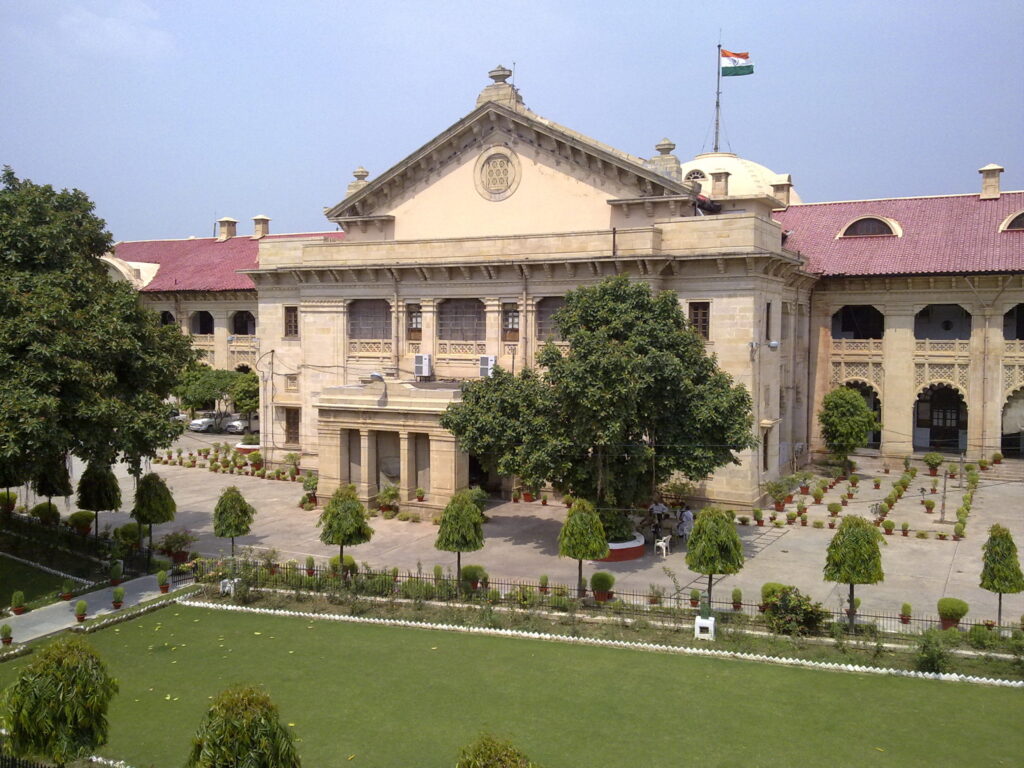By K Raveendran
The Allahabad High Court, established almost two centuries ago, has historically occupied a distinguished position in the Indian judiciary. It has been a crucible for landmark judgments, a beacon of justice, and a stage for many legal luminaries who have shaped the judicial ethos of the nation. But, today, it appears to have drifted from its moorings, and what was once a hallowed institution is now being perceived as the judiciary’s neglected backyard—a troubling image that even the Supreme Court seems to have tacitly acknowledged. The recent incidents that have cast the Allahabad High Court in an unflattering light are a sobering reflection of its current malaise.
The most recent controversy arises from the Supreme Court Collegium’s decision to transfer Delhi High Court judge Yashwant Varma to the Allahabad High Court. While transfers within the judiciary are not uncommon, this particular one has raised eyebrows for all the wrong reasons. Judge Varma has been found in circumstances that do no credit to the dignity and impartiality expected of a judge. His transfer to the Allahabad High Court has been viewed by many as an unceremonious sidestep, a way of dealing with a problematic situation without overtly confronting it. Unsurprisingly, this decision has provoked outrage within the Allahabad Bar Association, where lawyers have expressed deep dissatisfaction with what they see as the addition of a dubious figure to the bench. The uproar underscores the declining public confidence in the judiciary, particularly in a court that should symbolise the pinnacle of legal excellence and integrity.
The Yashwant Varma episode is only the latest in a series of disconcerting developments that have marred the court’s reputation. Just as the controversy over his transfer was unfolding, another incident added fuel to the fire—a controversial ruling by Justice Ram Manohar Narayan Mishra. In a decision that has drawn widespread condemnation, Justice Mishra ruled that the grabbing of a woman’s breast and the pulling of her pyjama string did not amount to rape. This judgment, which many have decried as a regressive and insensitive interpretation of the law, has since been stayed by a bench of the Supreme Court. However, the damage was already done. The ruling not only triggered outrage among women’s rights activists and legal experts but also reinforced the perception that the Allahabad High Court is out of step with the progressive legal standards that ought to guide judicial reasoning in matters of sexual violence.
Justice Mishra’s ruling is symptomatic of a dissonance between the court’s judgments and the evolving societal norms regarding gender justice. At a time when the Indian judiciary is expected to play a transformative role in upholding the rights of women and marginalized communities, such rulings undermine the larger project of legal reform and erode public trust. The Supreme Court’s swift intervention in staying Justice Mishra’s ruling may have averted immediate harm, but it cannot undo the larger damage to the court’s credibility.
Adding to the disquiet is the behaviour of Justice Shekhar Kumar Yadav, another judge of the Allahabad High Court, who has courted controversy with his statements outside the courtroom. Justice Yadav sparked a national uproar when he declared at a Vishva Hindu Parishad event that India should run according to the wishes of its majority. This pronouncement, widely interpreted as an endorsement of majoritarianism, flies in the face of India’s constitutional commitment to secularism and the protection of minority rights. It is a judge’s duty to uphold the Constitution and ensure that justice is dispensed impartially, without fear or favour. When a sitting judge makes statements that appear to undermine these foundational principles, it raises serious questions about the judiciary’s independence and impartiality.
These incidents, taken together, paint a troubling picture of the Allahabad High Court’s current state. Once revered as a temple of justice, it now finds itself mired in controversy, plagued by questions about judicial propriety, competence, and integrity. The court’s predicament is not merely a matter of individual misjudgements; it reflects a deeper institutional malaise that requires urgent redress. A judiciary that commands respect must be seen as impartial, competent, and above reproach. Unfortunately, the recent controversies have eroded that perception, leaving the Allahabad High Court vulnerable to criticism and censure.
What makes this decline particularly poignant is the court’s storied history. Established in 1866, the Allahabad High Court was one of the earliest high courts in India, and it has played a pivotal role in the development of Indian jurisprudence. Over the years, it has delivered numerous landmark judgments that have shaped the course of Indian law and contributed to the evolution of constitutional principles. The court has been home to some of the finest legal minds in the country, and its legacy is intertwined with the broader history of India’s struggle for justice and equality. That such an institution should find itself in crisis is a matter of deep concern, not just for the legal fraternity but for all those who believe in the rule of law.
But in the final reckoning, the Allahabad High Court’s decline is not an isolated phenomenon; it is representative of the larger challenges facing the Indian judiciary. Overburdened dockets, procedural delays, and questions about judicial independence have all contributed to a growing sense of disillusionment with the judiciary as a whole. Addressing these challenges will require systemic reform, but it must also begin at the level of individual courts, where the real work of justice is done. (IPA Service)

 Europe’s Moment Of Truth As U.S. VP Vance Calls Them ‘Free Loaders’
Europe’s Moment Of Truth As U.S. VP Vance Calls Them ‘Free Loaders’ 